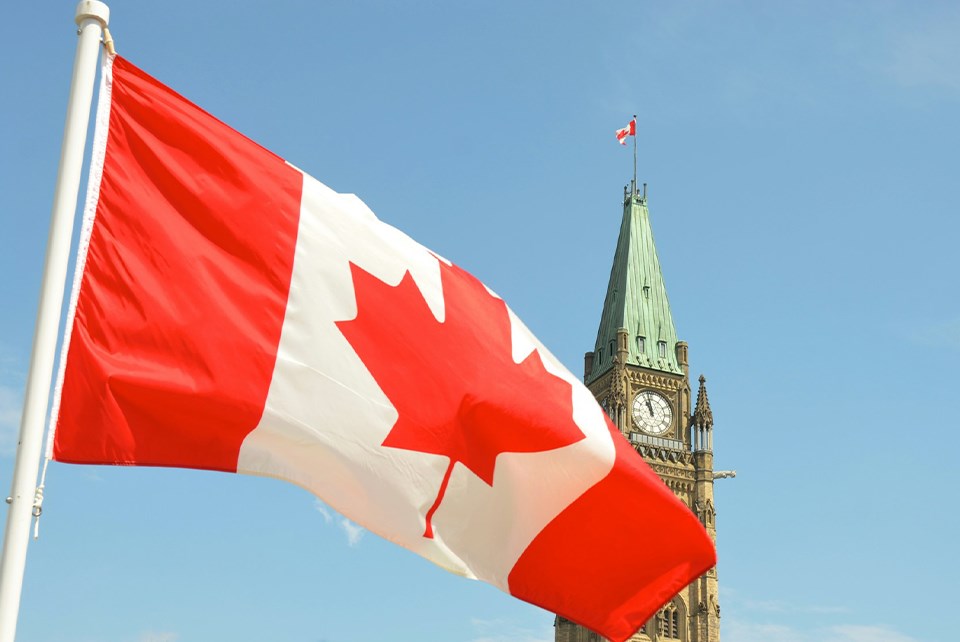Canada may still be reeling from a bout of political and diplomatic shock—call it Post-Disruption Stress Disorder (PDSD)—following the April 2 Rose Garden announcement by U.S. President Donald Trump.
But for both Canada and Mexico, the news was less damaging than feared. Despite the sweeping “Liberation Day” tariffs—Trump’s name for his aggressive new trade policy aimed at reviving U.S. manufacturing—our two nations were spared. So were American grocery shoppers.
That’s no small detail. Together, Canada and Mexico export more than $100 billion worth of food to the United States each year. Avoiding new tariffs means food price inflation in the U.S. will remain under control, for now.
And that’s good news for everyone. Food affordability remains top of mind for policymakers, and price stability benefits producers and consumers across North America alike.
While the Trump administration has drawn a protective circle around the continent, the same can’t be said for Asia-Pacific nations. Vietnam, China, Thailand, Indonesia and Bangladesh now face new tariffs exceeding 30 per cent, with China in particular singled out in what appeared to be a direct strike at its growing economic influence.
Europe, too, is dismayed by the entire affair. The message from Washington was clear: North America is different, and China and Europe are the targets.
For Canada’s agri-food sector, April 2 offered a moment of clarity. Farmers—who are price-takers in the global marketplace—won’t have to absorb the cost of new U.S. tariffs, at least for now.
Nor will food manufacturers be forced to consider relocating south of the border in response to punitive trade measures.
But make no mistake: geopolitical roadblocks remain.
Canada still faces significant trade challenges with major partners. Existing U.S. tariffs have not been fully dismantled. A 25 per cent duty remains on non-USMCA-compliant goods—that is, products that don’t meet the content or labour standards laid out in the North American trade agreement.
Certain Canadian energy and potash exports continue to face a 10 per cent tariff. In response, Canada imposed retaliatory tariffs in March 2025 on more than $20 billion worth of American imports, including $5.5 billion in agri-food products.
China followed suit, targeting more than $2.6 billion in Canadian agri-food exports with tariffs tied to broader diplomatic tensions, this time over electric vehicles. A 100 per cent tariff now applies to Canadian canola oil, oil cakes and peas, while aquatic products such as lobster and pork face a 25 per cent duty.
India, meanwhile, maintains a longstanding 30 per cent tariff on Canadian lentil exports—a significant burden for the country’s pulse producers. According to the Canadian Agri-Food Trade Alliance, eliminating these barriers could boost Canadian exports to India by 147 per cent within five years.
Put simply, Canada is now locked in trade disputes with the world’s two largest economies—China and the United States—as well as the world’s most populous country, India.
In at least two of these cases, Canada was the instigator. These trade frictions highlight the volatility and complexity of exporting Canadian food in an era of rising protectionism and shifting alliances.
We are playing geopolitical chess, and it’s a game we must get better at.
Encouragingly, recent comments from Prime Minister Mark Carney suggest a more measured approach. Unlike his predecessor, Carney appears to favour calibrated, targeted responses over populist, dollar-for-dollar countermeasures.
This week, he confirmed that Canada would not retaliate against U.S. food imports. That’s the right call. Despite calls from the “elbows up” crowd for hardline tactics, imposing tariffs on food ultimately hurts Canadians.
That said, Trump did send a blunt message to Canada’s supply-managed dairy sector: adapt or be left behind. It was the only sector he chose to single out—eggs and poultry were conspicuously absent.
While the federal government once played a leadership role in managing sector transitions, that time appears to have passed. The responsibility now lies with the sector itself.
Remaining idle is no longer an option.
Meanwhile, Canadian consumers have grown increasingly assertive. The “Buy Canadian” movement shows no signs of slowing.
Distrust toward Trump remains high, particularly among Canadian households, but we cannot afford to let emotion guide policy. As a trading nation, Canada’s wealth is deeply rooted in international commerce.
That’s not going to change, no matter how the political winds blow.
Dr. Sylvain Charlebois is a Canadian professor and researcher in food distribution and policy. He is senior director of the Agri-Food Analytics Lab at Dalhousie University and co-host of . He is frequently cited in the media for his insights on food prices, agricultural trends, and the global food supply chain.
©
The commentaries offered on Â鶹ÊÓƵ.ca are intended to provide thought-provoking material for our readers. The opinions expressed are those of the authors. Contributors' articles or letters do not necessarily reflect the opinion of any Â鶹ÊÓƵ.ca staff.




